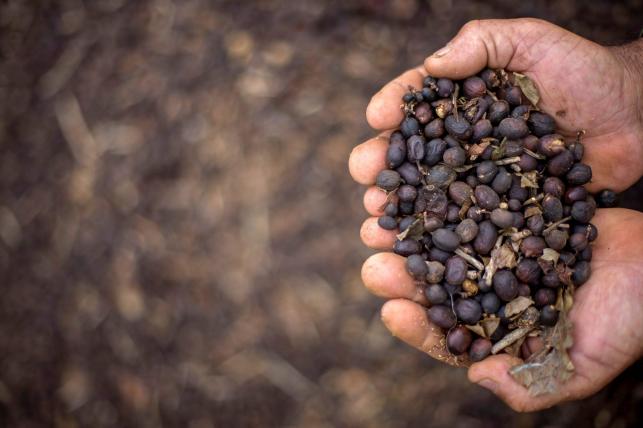The eventual fate of your morning meeting might be endangered: New research demonstrates that around 60 percent of wild espresso species are at high danger of elimination.
The first of its sort, an examination out of Queen Mary University of London finished a thorough survey of every one of the 124 espresso species on the planet to figure out what the fate of our morning mix resembles. Lamentably, they couldn’t achieve an exceptionally idealistic end.
Nobody trigger has added to this abnormal state of hazard, but instead a mix of natural changes has put weight on the plants. The specialists refer to environment change, for example, arrive misfortune because of agribusiness, timber cultivating, settlement, and land improvement—as the primary guilty party, which is just exacerbated by approaching environmental change.
Beside the astounding 60 percent (in any event) that confront eradication, 45 percent of espresso species are not kept up in “germplasm accumulations,” or uncommon situations where seeds of the espresso plants can be kept alive and reproduced—just to place it in context, the worldwide termination rate for all plants is 22 percent, similarly a lot littler than that of wild espresso.
These germplasm accumulations are basic to the survival of plant species however can be troublesome and costly to keep up, as per the examination creators. Most plants will have the capacity to flourish in low-temperature, low-dampness situations. Espresso plants, be that as it may, must be kept at exact high temperatures and mugginess levels, which can end up being a test for agriculturists.
So what can be done? Lamentably, very little on an individual dimension. The investigation creators exhort ensuring our future incorporates these germplasm accumulations and that they’re legitimately kept up to keep reproducing. It additionally exhorts putting characteristic regions, for example, districts in Africa where heaps of wild espresso is developed, under uncommon security for wild espresso to develop.
Regardless of the activity, it must be pressing: “The utilization and improvement of wild espresso assets could be vital to the long haul maintainability of the espresso part. Directed activity is desperately required in explicit tropical nations, especially in Africa, to secure the fate of espresso,” says Aaron Davis, lead creator of the paper.
This future could look disheartening for morning espresso consumers, yet with the assistance of ranchers and researchers, our measure of joe can be ensured.

